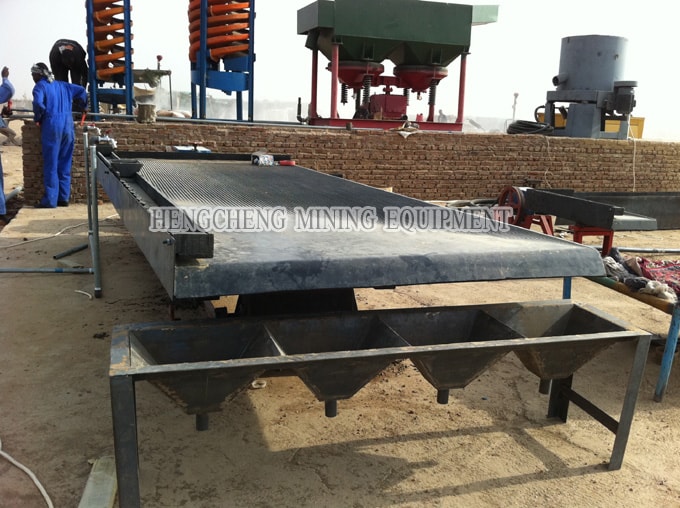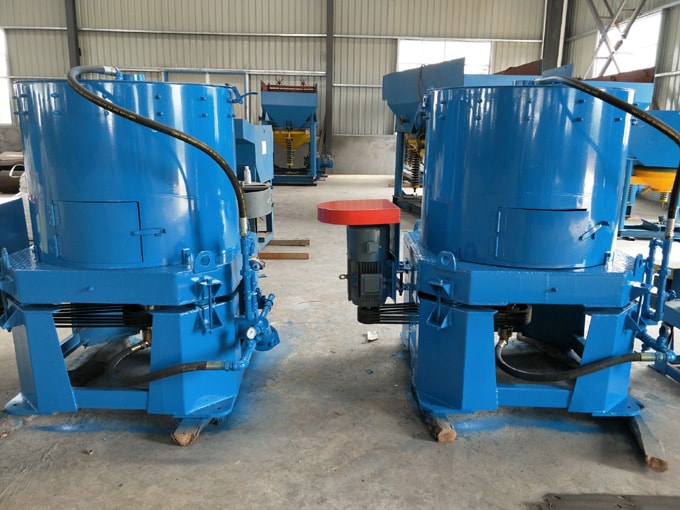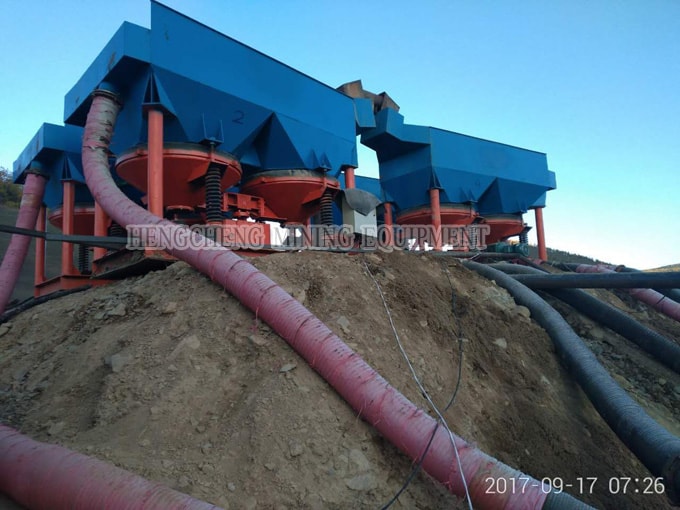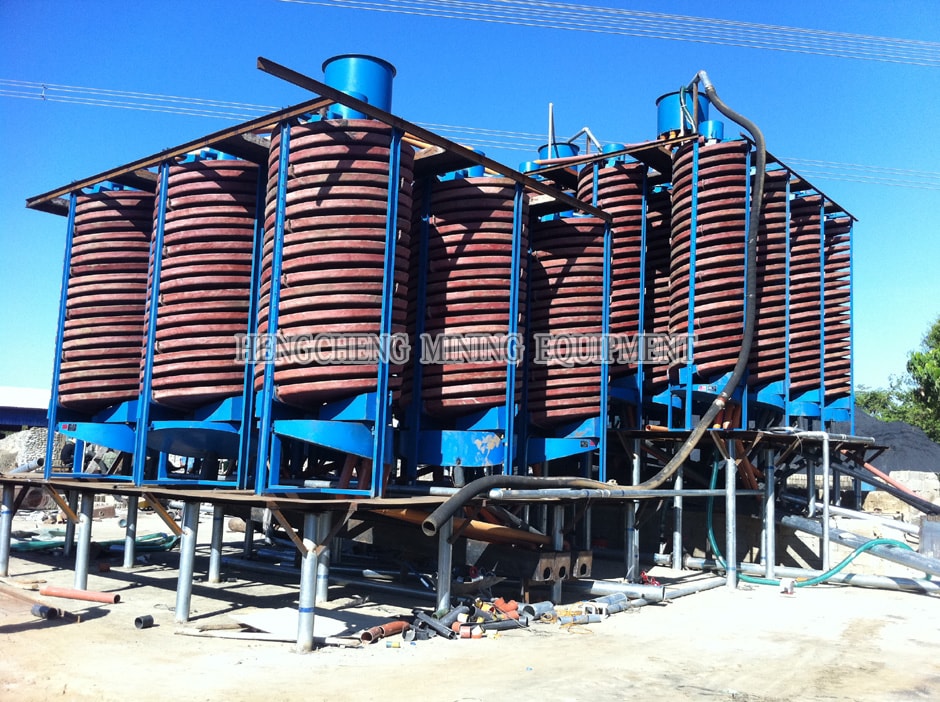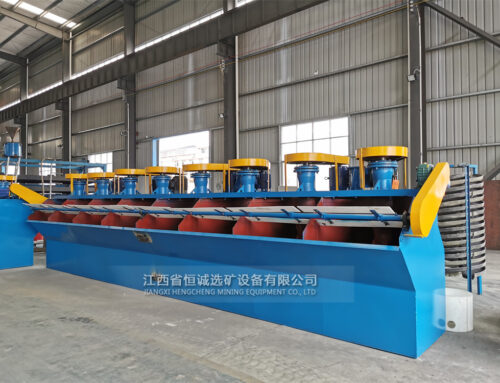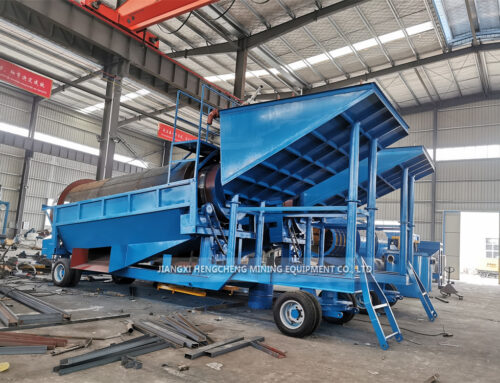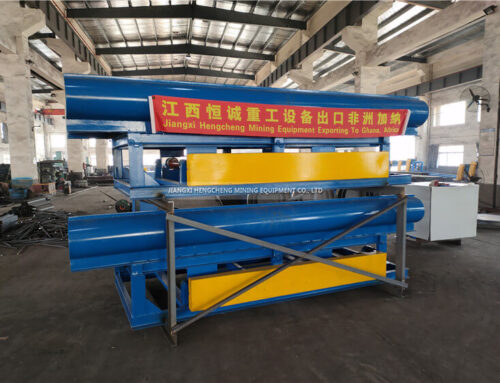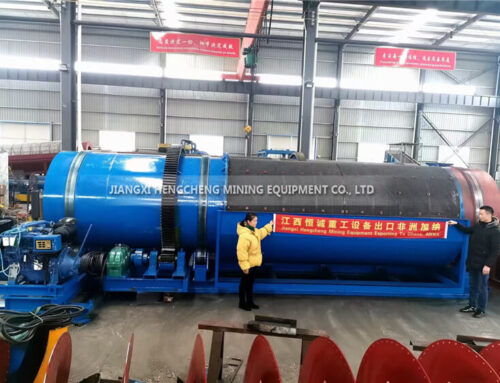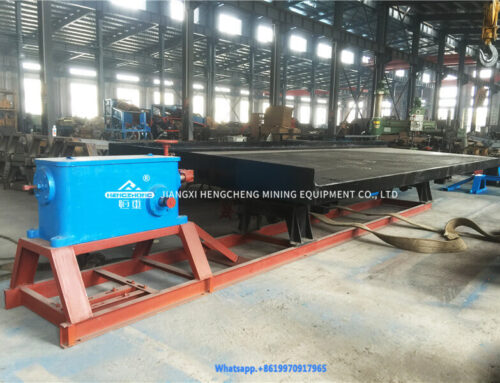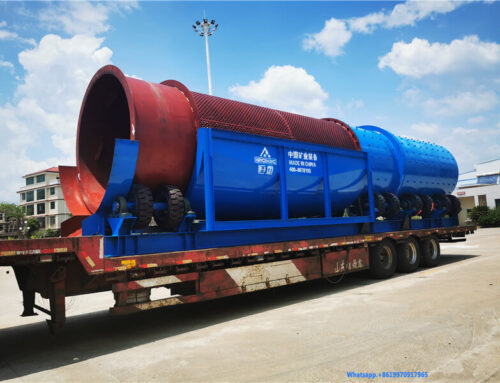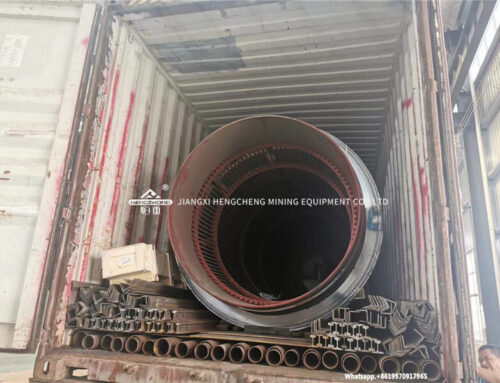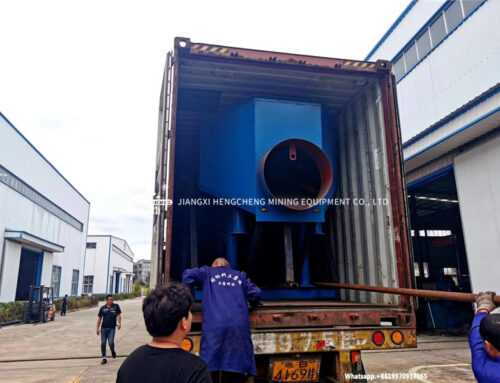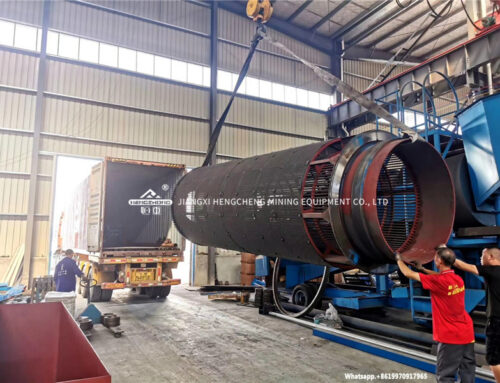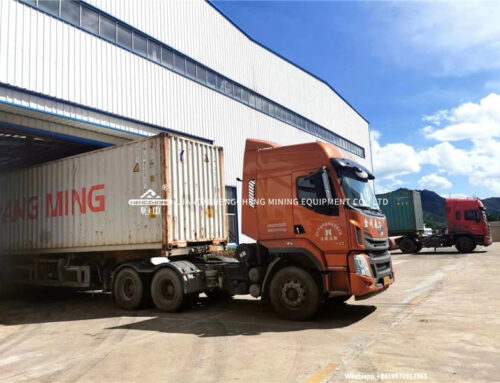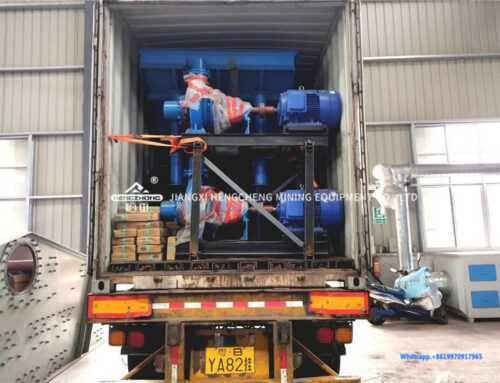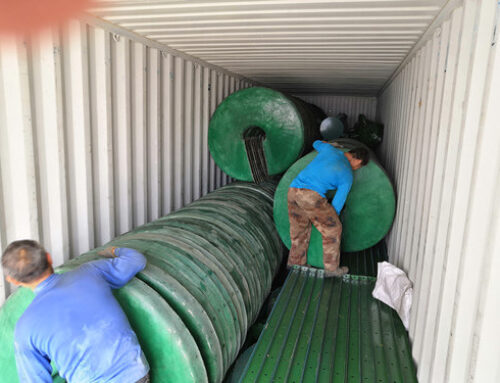Gravity concentration processes rely on the principal that gold contained
within an ore body is higher in specific gravity than the host rocks that
contain the gold. Elemental gold has a specific gravity of 19.3, and typical
ore has a specific gravity of about 2.6. All gravity concentration devices
create movement between the gold and host rock particles in a manner to separate
the heavy pieces from the lighter pieces of material.
The prospector’s gold pan is the most familiar gravity concentration
device. To function properly, the ore must be broken down to particles small
enough to provide a significant specific gravity difference among the particles.
Placer mining has generally been where gravity concentrates have been most
widely applied. In a placer deposit, there has generally been a pre-concentration
of gold made naturally by gravity concentration due to ore particles being
transported by water. Mechanical concentration is used to continue the process
until sufficient concentration is obtained.
Gravity concentration works when gold is in a free elemental state in particles
large enough to allow mechanical concentration to occur.
The number of types of gravity concentration devised that have been used
is almost limitless. Some of the more popular ones are:
- Sluice boxes
- Jigs
- Spiral chutes
- Shaking tables
- Centrifugal concentrators
In addition to specific gravity differences, the performance of gravity
concentration is also affected by particle shape, as can be imagined by comparing
a falling leaf to a twig falling in air.
The performance of the various categories of gravity separators are as generally
depicted on the following illustration.
The process flowsheet generally consists of conditioning and sizing of the
feed material followed by ore or two stages of recovery.
Here we Hengcheng could supply full processing design and equips together for customers.
welcome to contact us.
web: www.oremachinery.com

